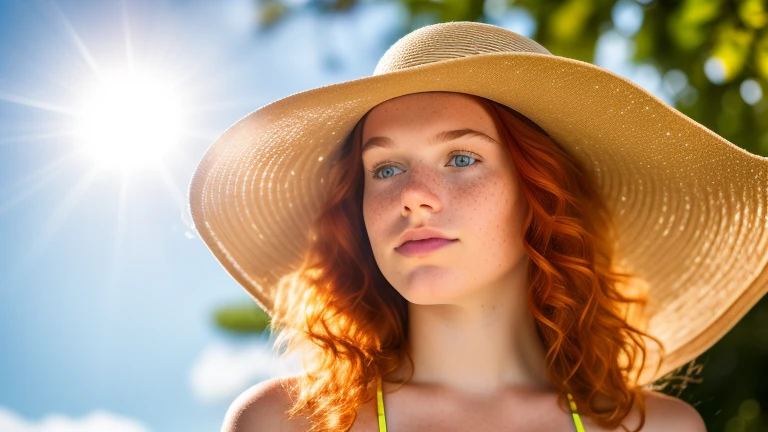Discerning Reality from AI: How to Distinguish Genuine Photos from AI-Generated Images
26.12.2023

In the rapidly evolving world of digital imagery, distinguishing between authentic photographs and those generated by Artificial Intelligence (AI) has become increasingly challenging. This article explores key techniques and insights for identifying AI-generated images, vital in an era where digital authenticity is paramount.
Understanding AI-Generated Images
Before diving into identification methods, it's essential to understand how AI generates images. Techniques like Generative Adversarial Networks (GANs) enable AI to create highly realistic images by learning from vast datasets of real photos. These images can range from human portraits to landscapes, often blurring the lines between reality and AI-generated content.
1. Pixel-Level Analysis
One of the most effective ways to identify an AI-generated image is by examining it at the pixel level. AI-generated images often contain certain irregularities that are not present in real photographs. Look for patterns like:
- Unusual Textures: AI can struggle with complex textures, resulting in surfaces that look unnaturally smooth or patterned.
- Repetition of Details: AI might repeat specific features like leaves on trees or patterns in backgrounds.
2. Anomalies in Physical
Features When AI generates human faces or bodies, it can produce anatomical inconsistencies. Pay attention to:
- Asymmetrical Features: While human faces are not perfectly symmetrical, AI-generated faces may show noticeable asymmetry in eyes, ears, or other features.
- Unnatural Skin Tones: AI might struggle with replicating natural skin tones, leading to splotchy or unnaturally uniform complexions.
3. Inconsistencies in Lighting and Shadows
AI often finds it challenging to replicate natural lighting and shadows accurately. Look for:
- Mismatched Lighting: The direction or source of lighting in the image might seem inconsistent.
- Odd Shadows: Shadows may appear in the wrong places or have unusual shapes.

4. Background and Contextual Oddities
AI-generated images can have incongruent or bizarre backgrounds. Noticeable signs include:
- Inconsistent Context: Objects in the background may not match the setting or appear out of place.
- Blurred or Muddled Backgrounds: AI sometimes blurs backgrounds to mask its inability to render fine details.
5. Use of Detection
Tools Several online tools and software are designed to detect AI-generated images. These tools analyze images using algorithms that can identify telltale signs of AI manipulation.
6. Metadata Analysis
Examining an image's metadata can provide clues about its origin. AI-generated images typically lack the detailed metadata that real cameras produce, such as camera model, settings, and GPS location.
7. Understanding AI Limitations
Awareness of current AI technology's limitations is useful. For instance, AI might still struggle with complex patterns, reflections, and intricate textures.

As AI technology continues to advance, distinguishing between real and AI-generated images will become more challenging. However, by being aware of the subtle clues and employing careful analysis, it is possible to discern the origins of digital imagery. Understanding these differences is crucial in a world increasingly populated by AI-generated content, where the line between reality and artificiality is continuously blurred.
Call to Action
As digital consumers and creators, it's our responsibility to stay informed and vigilant. Whether you're a photographer, a content creator, or just an everyday user of digital media, understanding the nuances of AI-generated imagery is an essential skill in the digital age.